The red pine is a towering tree that can reach impressive heights. On average, mature red pines can grow between 50 to 80 feet tall, with some exceptional specimens even exceeding 100 feet . Their growth rate is considered moderate, with an annual increase of approximately 12 to 18 inches in height.. White pine is the softest and lightest wood in the pine group. It mars and wears easily, but on the other hand it's a dream to work with either hand or power tools. The texture is very even across a board. You'll notice only minor difference between the fastgrowing wood produced in spring (earlywood) and the slowergrowing) laid down in.

Wood Types
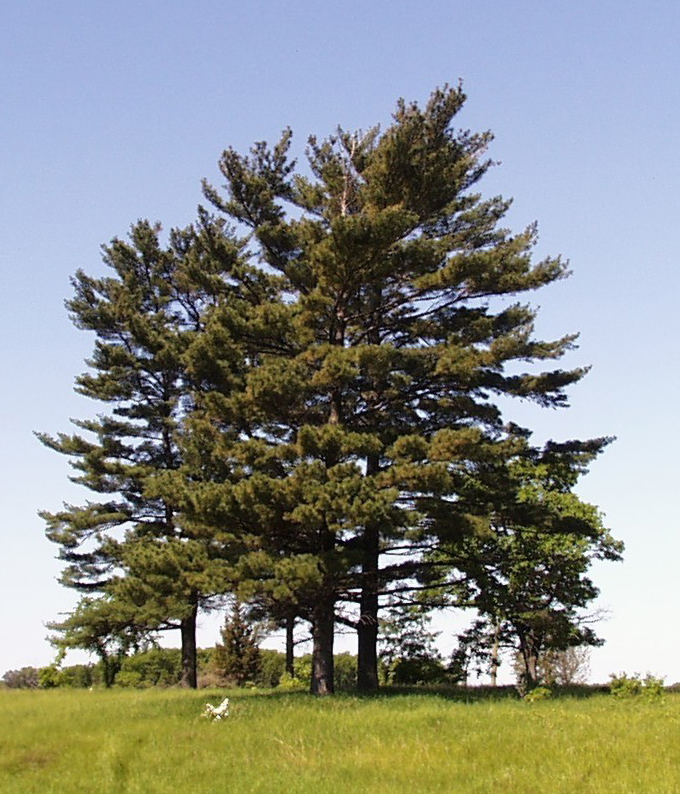
Eastern White Pine Simple English Wikipedia, the free encyclopedia

17 Different Types of Pine Wood (2022)

Eastern White Pine Trees for Sale

Pinus strobus (White Pine) Minnesota Wildflowers
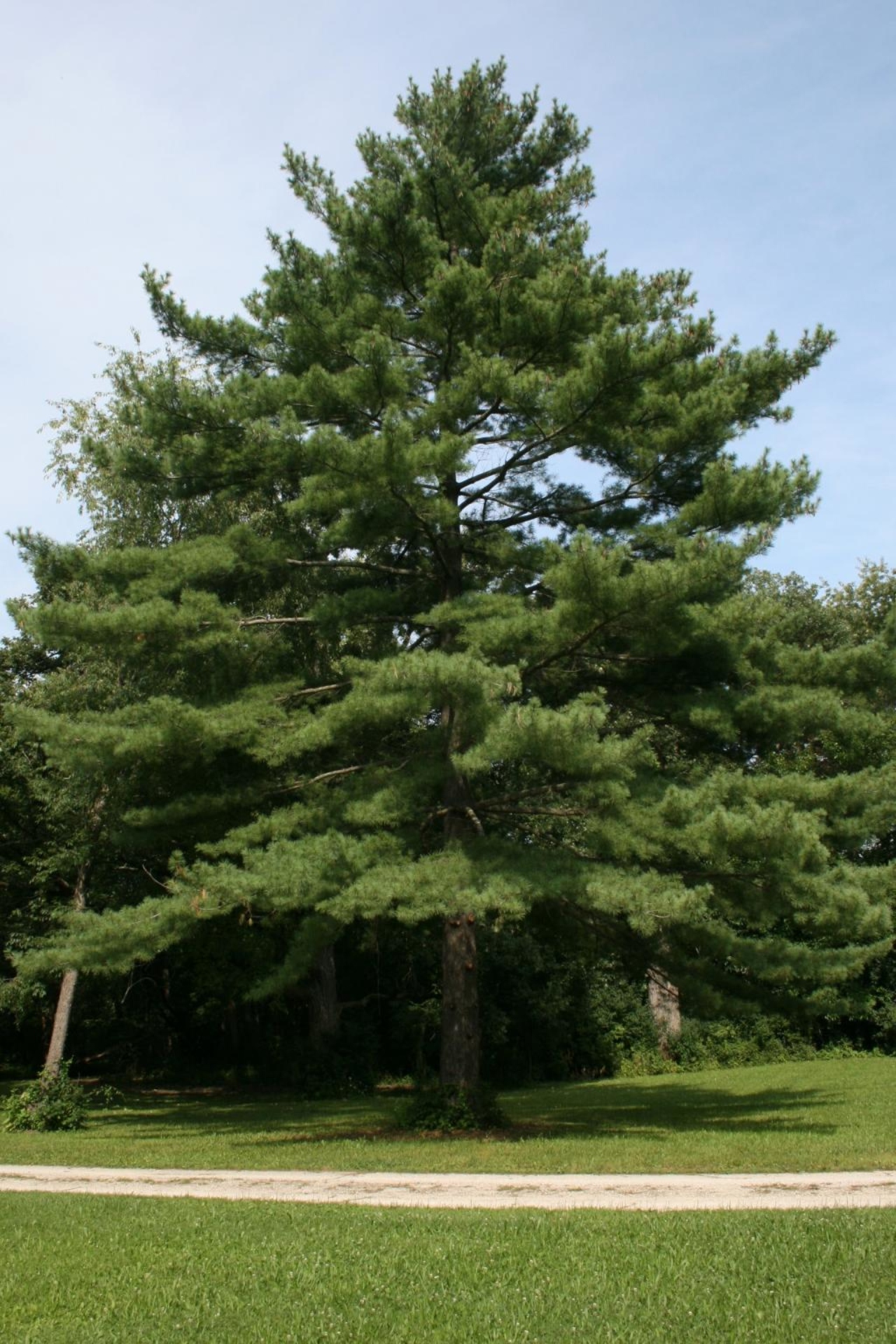
Eastern white pine The Morton Arboretum
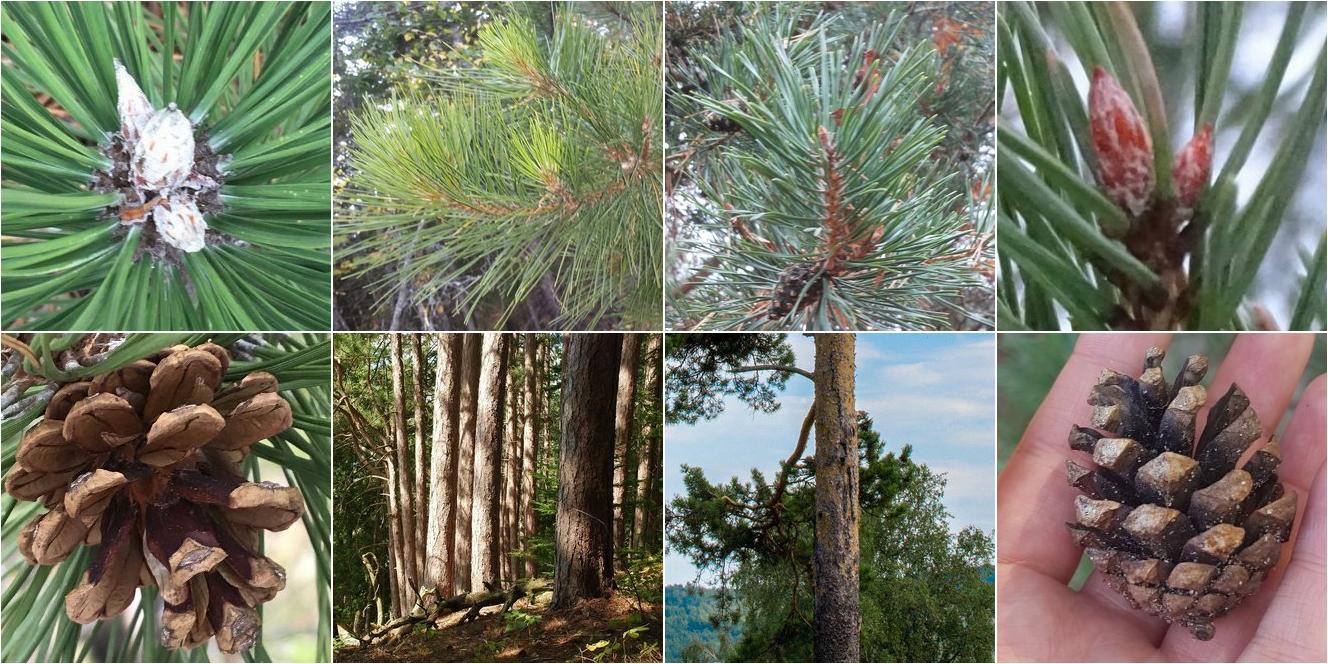
Red Pine vs Scots Pine Identification
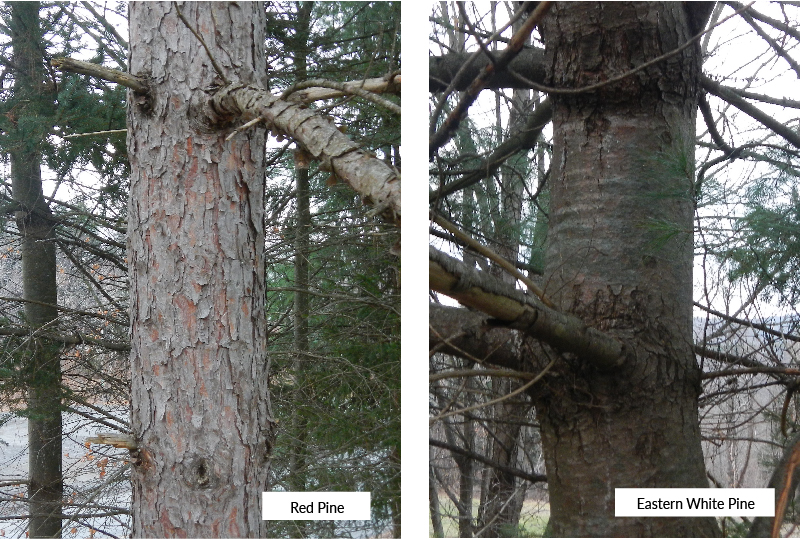
LookAlike Leaves Red, White, and Scotch Pines
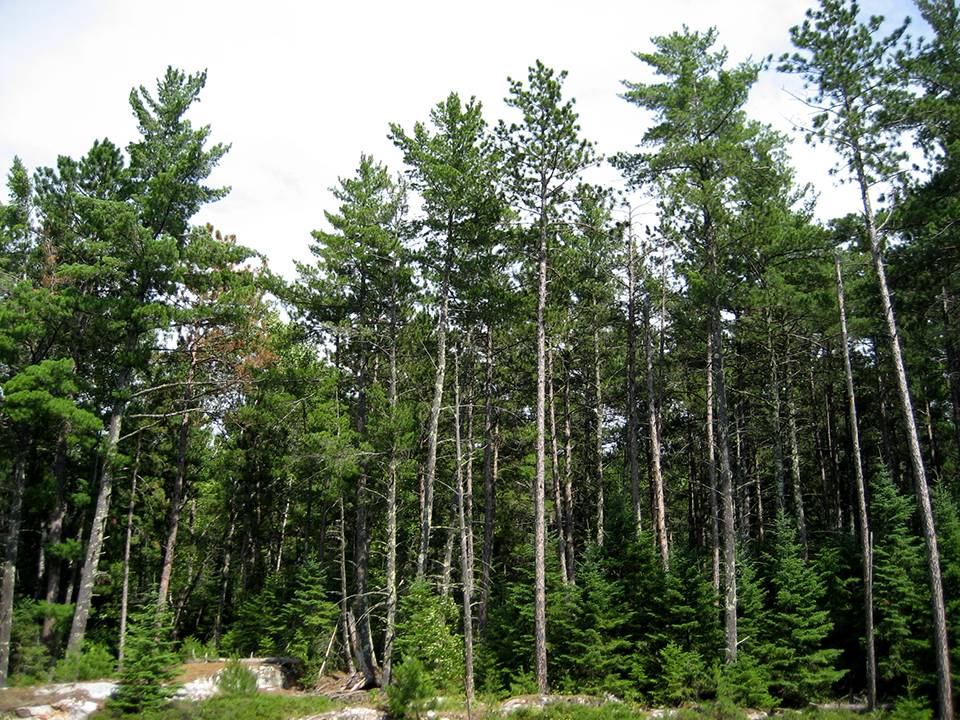
Wildland Fire in Red Pine and White Pine (U.S. National Park Service)
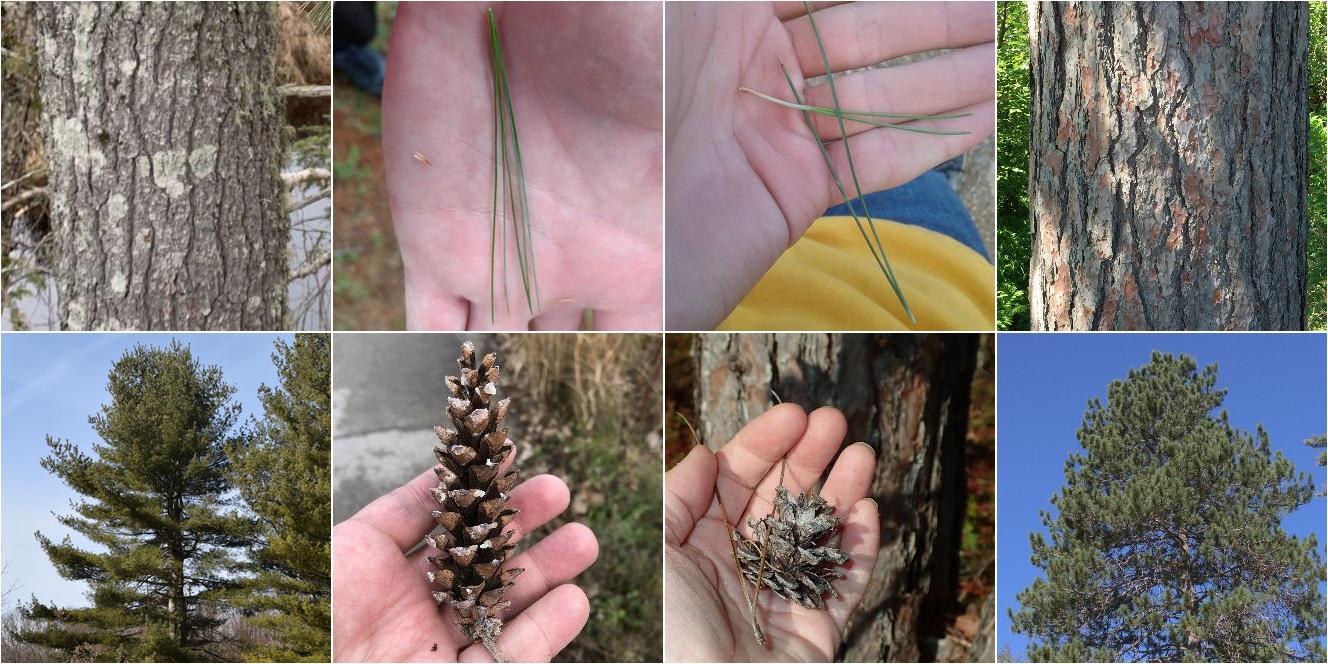
Eastern White Pine vs Red Pine Identification

Image result for spruce tree identification Tree identification, Tree id, Blue spruce tree

13 Most Common North American Pine Species White pine tree, Ponderosa pine, Eastern white pine
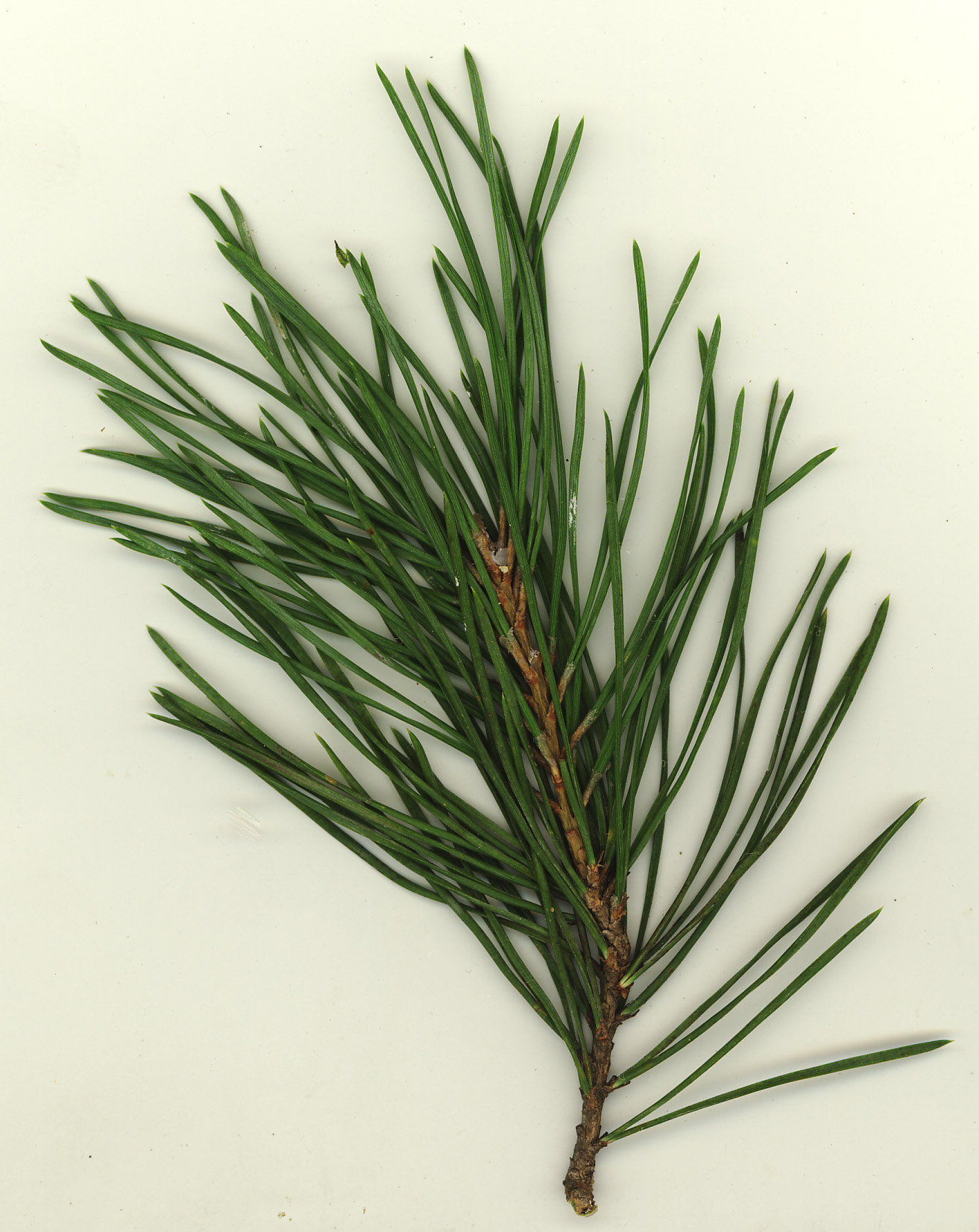
Red Pine
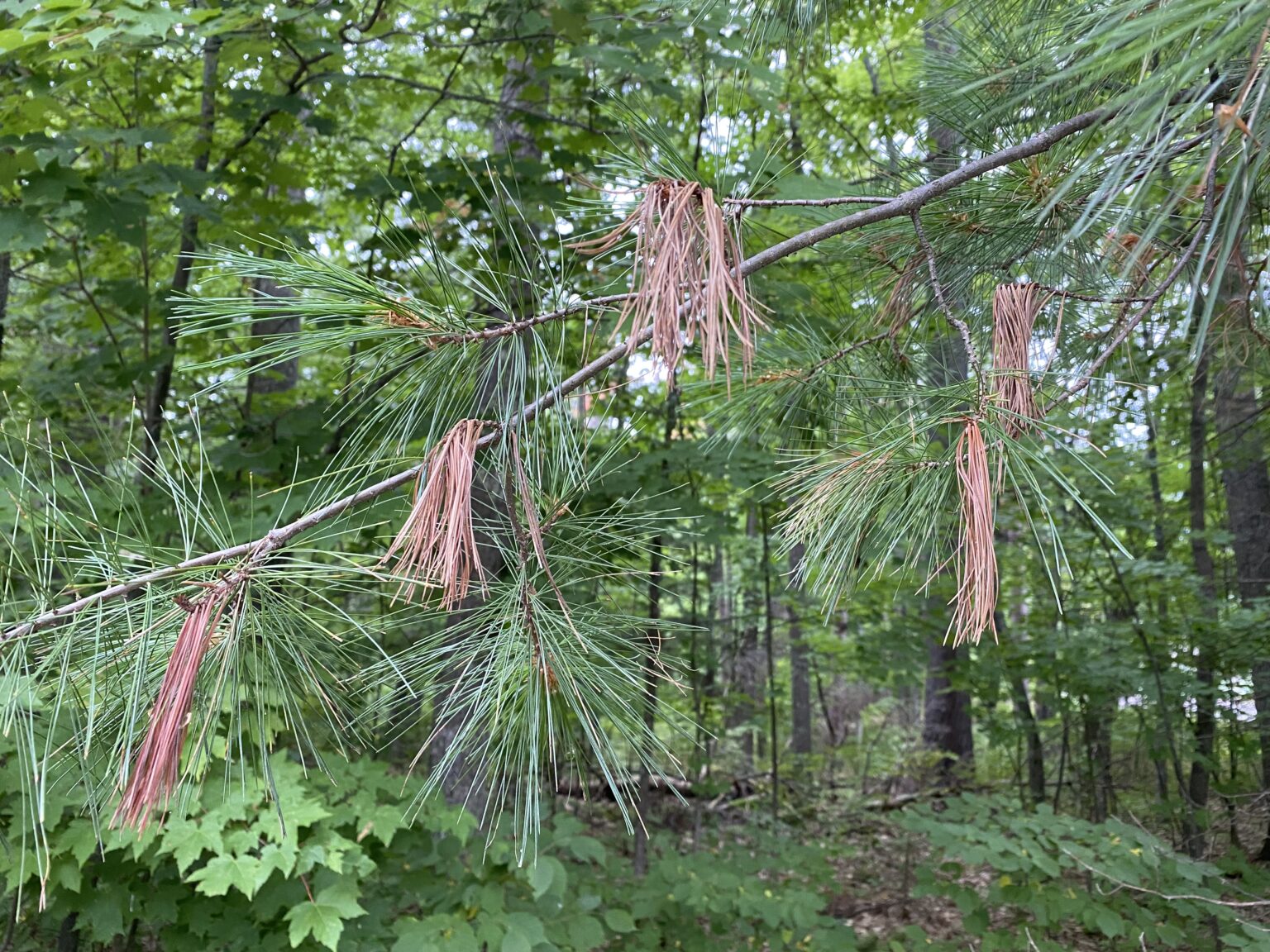
White Pine Branch Tips Red And Wilting
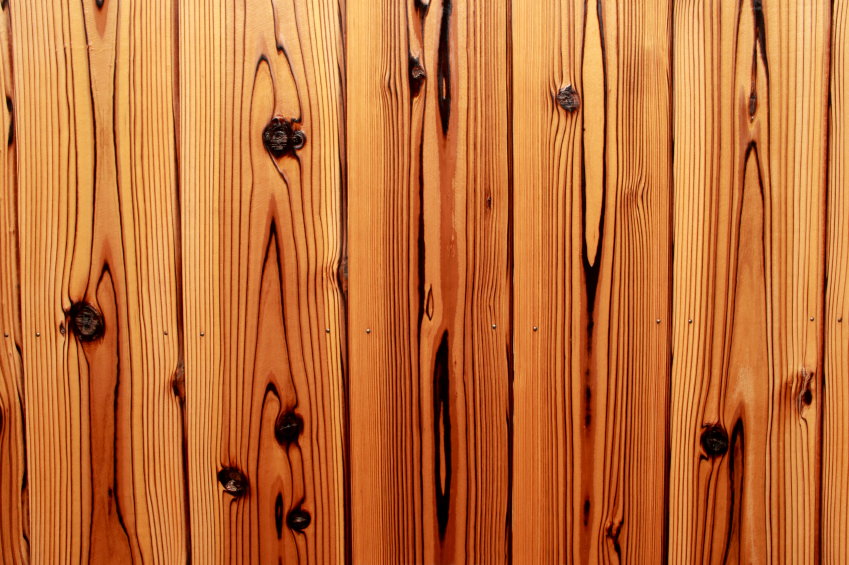
4 Types of Pine Lumber

Eastern White Pine (Pinus Strobus) Kaspar Nursery

How To Identify White Pine & Red Pine Trees YouTube

Identifying those Christmas trees Fraser fir, Balsam fir, Conifers
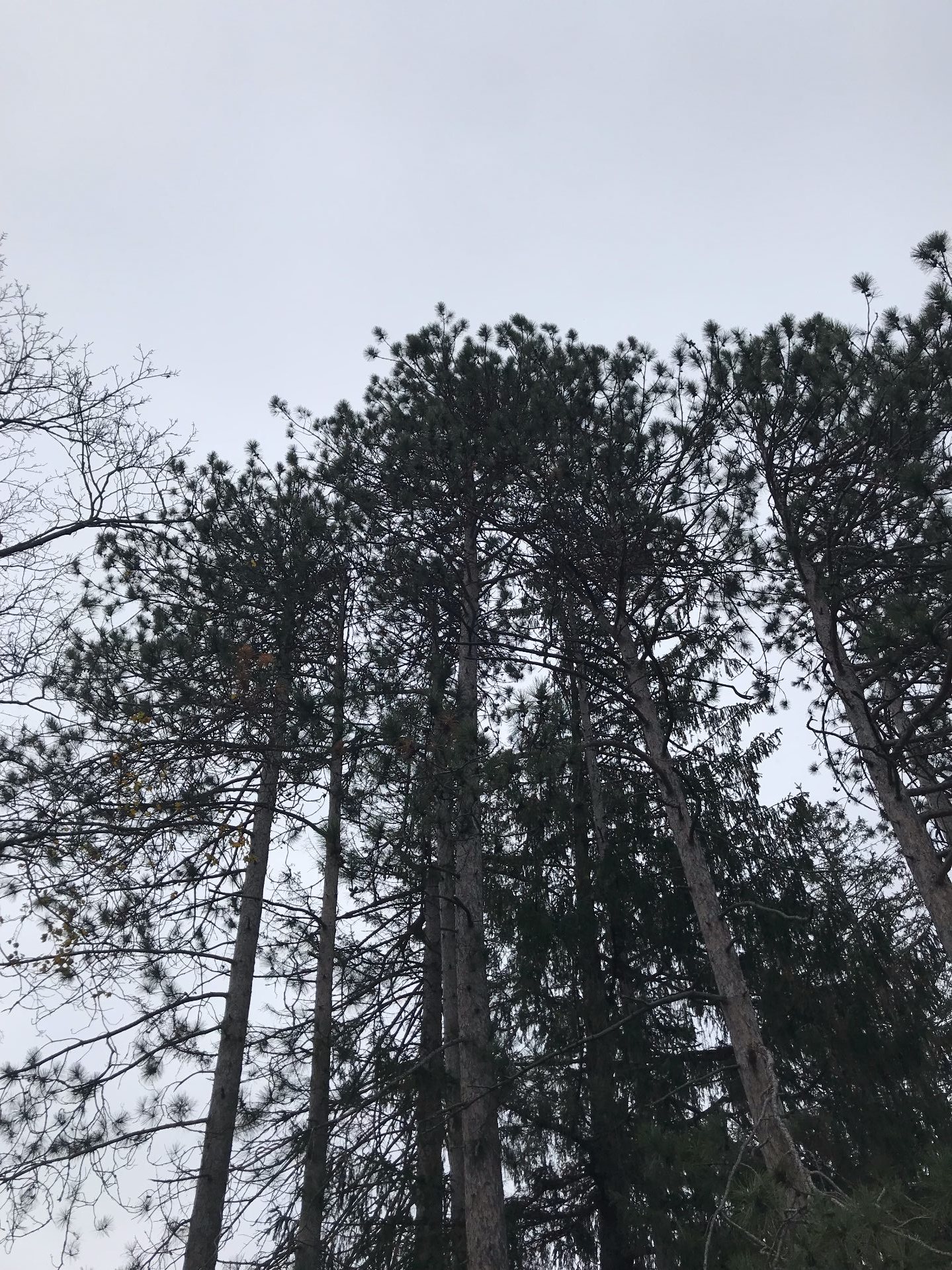
Red Pine Bates Canopy Bates College

White Pine vs Yellow Pine Differences, Uses & Workability Timber Blogger
The most definitive feature of pines is that the needles occur in clusters of 2, 3 or 5. A cluster of pine needles is called a fascicle. One subgroup of pines are the hard pines and include Scotch pine (Pinus sylvestris), jack pine (P. banksiana), black pine (P. nigra), and red pine (P. resinousa) with 2 needles per fascicle (Figure 1) and pitch pine (P. rigida) with 3 needles per fascicle.. 1. Count The Needles. If you look carefully at the needles on a pine tree, you'll notice their needles grow in long clusters coming off the branches. A major key for pine tree identification is that different types of pines have different numbers of needles in each cluster. 2, 3 & 4 needled pines are all quite common.